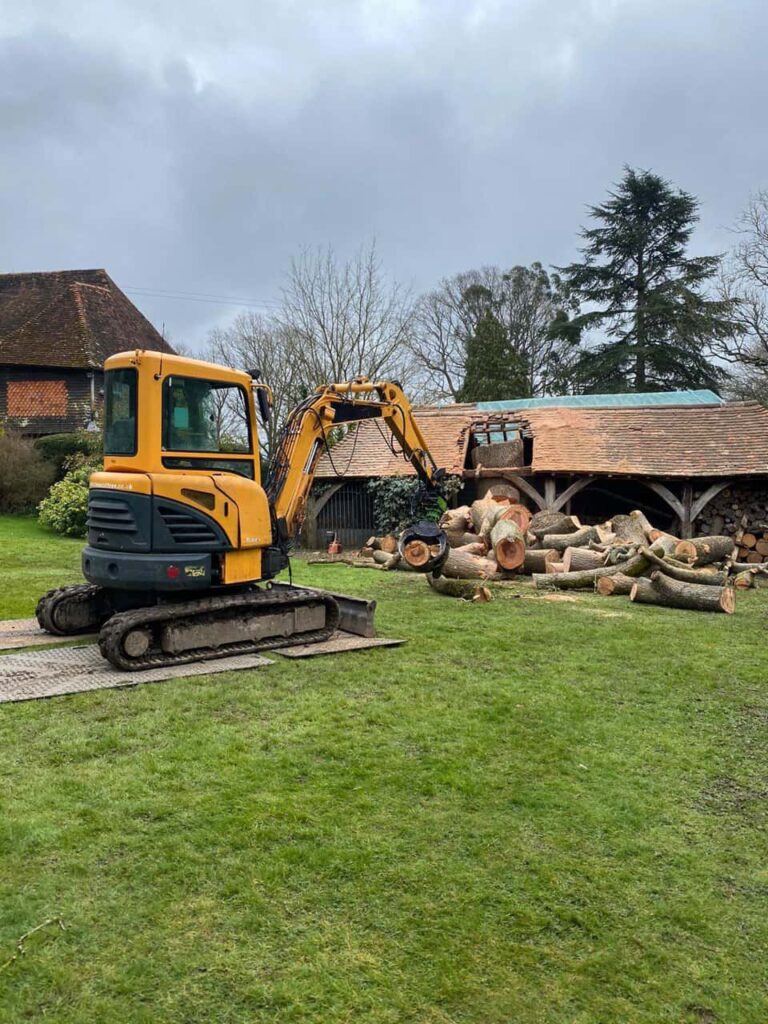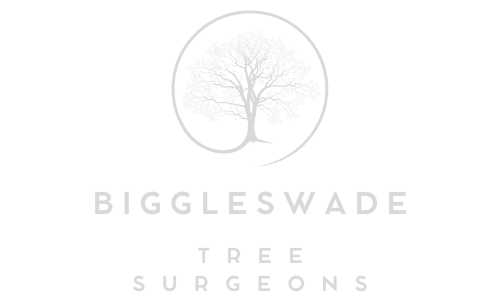Tree Reshaping for Historical Properties: Preserving the Past
Introduction: Historical properties hold a unique charm and significance, representing a window into the past. To maintain the authenticity and beauty of these properties, it is essential to consider all aspects of their landscape, including the trees. Tree reshaping for historical properties is not just about aesthetics; it’s about preserving these trees’ heritage and legacy. In this blog post, Biggleswade Tree Surgeons will explore the importance of tree reshaping for historical properties and how it contributes to preserving the past.
The Value of Historical Trees
Trees that have stood the test of time on historical properties are living witnesses to the events, people, and stories that have unfolded over the years. These trees often have unique characteristics, such as ancient oaks, stately chestnuts, or majestic maples, that contribute to the overall ambience and charm of the property.
Preserving the past through tree reshaping:
- Aesthetic Continuity: Historical properties often feature specific architectural styles and landscape designs. Tree reshaping helps maintain the visual continuity of the landscape, ensuring that the trees blend seamlessly with the property’s historic character.
- Heritage Conservation: Old trees can carry cultural and historical significance. By preserving and reshaping them, we can honour the heritage they represent and pass it on to future generations.
- Ecosystem Support: Historical trees may provide valuable habitat for wildlife that has evolved to depend on them. Proper reshaping ensures the tree’s health while supporting local biodiversity.
Tree Reshaping Techniques for Historical Properties
When it comes to tree reshaping for historic properties, it’s essential to balance preserving the tree’s historical value with its health and safety. Here are some techniques:
- Pruning for Health: Begin by assessing the tree’s overall health and addressing any issues like deadwood or disease that might threaten its vitality.
- Preservation Pruning: Focus on preserving the tree’s natural shape and character while removing branches obstructing views, encroaching on structures, or posing safety hazards.
- Canopy Management: Thinning the canopy, lifting lower branches, and selective pruning can help maintain the tree’s structural integrity and allow for better sunlight penetration.
- Growth Regulation: Regular reshaping can help control the tree’s growth, preventing it from becoming overly large or invasive.
- Historical Documentation: Consider documenting the tree’s history, including its age, species, and any notable associated events. This information can add to the property’s historical significance.
- Professional Expertise: Consult with certified arborists like Biggleswade Tree Surgeons, who have experience working with historic properties. They can provide expert guidance on tree-reshaping techniques that balance preservation and aesthetics.
Conclusion: Tree reshaping for historic properties is a delicate and meaningful endeavour. It allows us to honor the past by preserving the trees that have stood witness to history’s unfolding. By carefully reshaping these trees, we ensure their continued health, safety, and aesthetic appeal while maintaining the authenticity and charm of historic properties.
Call us on: 01767 660 596
Click here to find out more about Biggleswade Tree Surgeons
Click here to complete our contact form and see how we can help with your tree’s needs.

